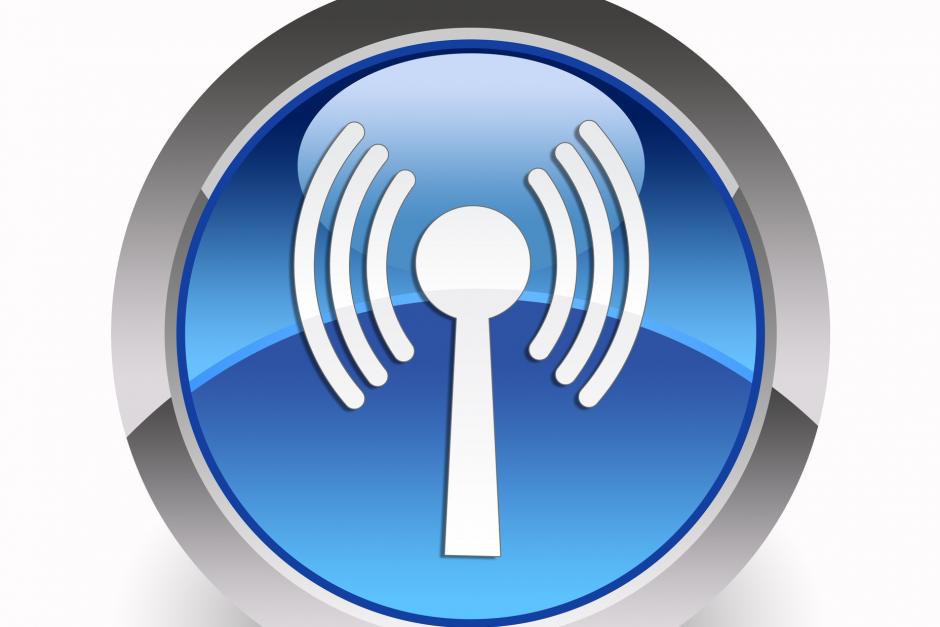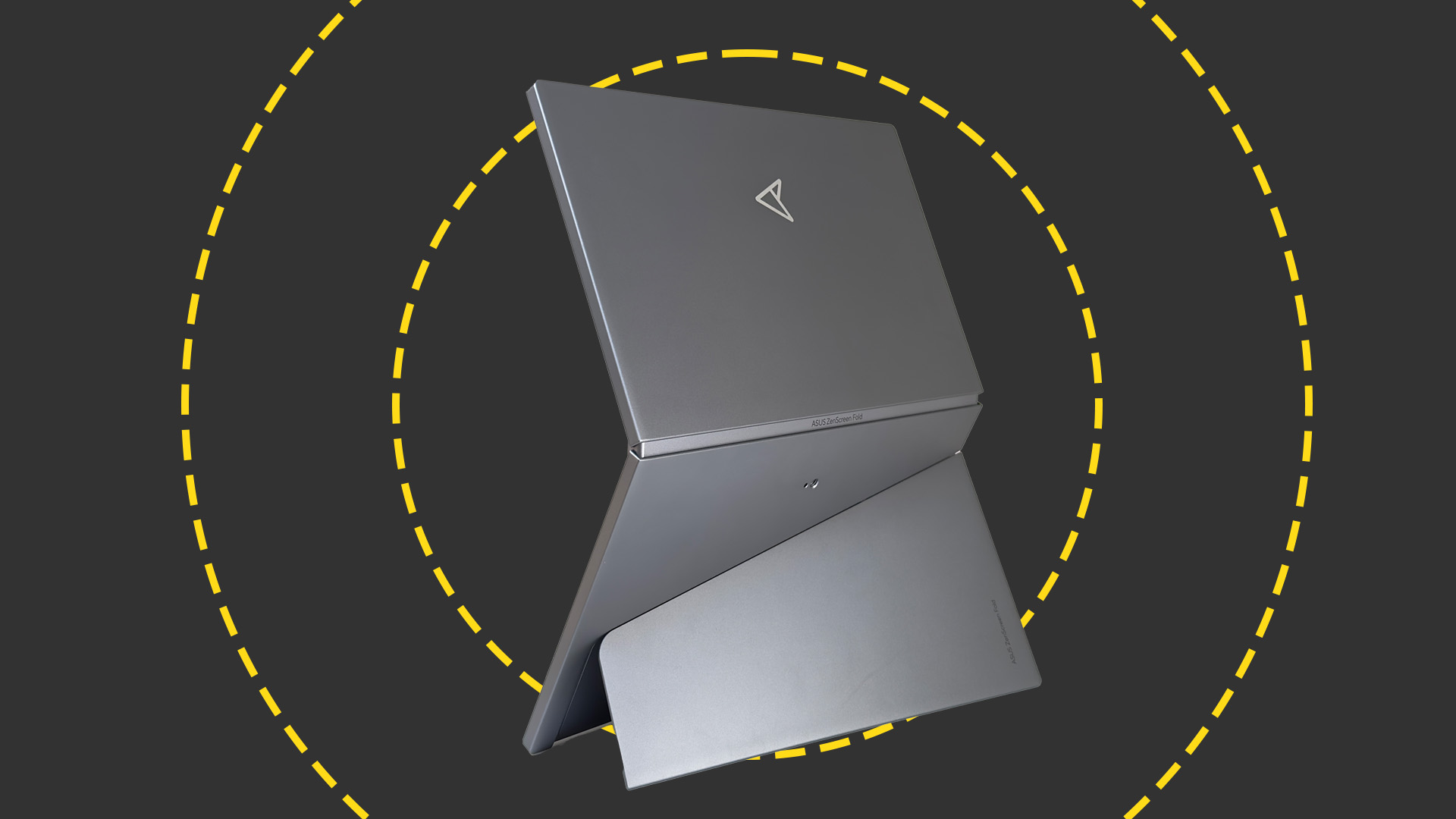Blog: Could the wireless office be greener?
The momentum for a switch to green technology has increased steadily over the past few years as we all become more environmentally aware.

In the world of communications the focus has primarily been on the lower power consumption equipment, reductions in the cost of cooling to maintain a healthy data centre temperature. Other initiatives such as Waste Electrical and Electronic Equipment Directive have also come into effective to reduce wastage related to old hardware and potential to recycle handsets and switch equipment. But what about electrosmog?
The term electrosmog is believed to have originated in the 1960s following research by a Russian scientist into the effects of electromagnetic radiation on the cells of rabbits. All wireless communication implies the use of electromagnetic waves and are found in the majority of business environments. These include short range Infrared or Bluetooth for communications over small distances, DECT, WiFi on a larger scale and GSM or UMTS on a regional level. For voice communication, Bluetooth will typically be limited for communication between a handset and a headset. DECT, WiFi, GSM and UMTS are common voice telecommunication solutions over larger areas and each has varying impact in terms of electrosmog.
Whether electrosmog causes health issues is still a highly contentious issue. Numerous research studies conducted over the last three decades have shown varying degree of evidence both for and against the idea. However, the more notable International health experts including the World Health Organisation have stated that there is no scientific basis to link ElectroSensitivity (ES) symptoms to EMF exposure. Further, ES is not a medical diagnosis, nor is it clear that it represents a single medical problem. However, there are a growing number of action groups that claim people suffer from a wide range of symptoms due to Electro Sensitivity including headaches, disruptive sleep patterns, chronic fatigue and behavioral problems in children.
The limits to which electromagntic waves are deemed as hazardous to health also vary depending on national guidelines. For example, in Switzerland, the emission power of GSM antenna is highly regulated. The outdoor antennas placed by public network operators (PLMNs) are limited in terms of power emission and are regulated to levels below those accepted elsewhere in the world. The federal office for environment has placed a limit below which formal authorisation for placing GSM antenna is not required. This limit is fixed at 6Watts. High range antenna may send at power ratings up to 1000Watts.
Using low-powered spectrum for your in building wireless communications is a Greener alternative. The mobile station (handset), when setting up a call, automatically adjusts its power emission to match that of the antenna (Base Transceiver Station (BTS)). Using very low power emission antennas reduces significantly the power emission of the handset. In addition, the antenna will force the handset to transmit using the low power.
There is a growing lobby around the effects of high levels of electromagnetic radiation. Any technology that has the ability to both self regulate or be tuned to thresholds mandated by regional governments has a valuable role to play in allaying any fears.
Vendors, channel partners and even human resources departments need to arm themselves with knowledge about the issue before end users become misinformed by the mass media or attribute unrelated illnesses to the communications technologies used in the workplace.
ChannelPro Newsletter
Stay up to date with the latest Channel industry news and analysis with our twice-weekly newsletter
-
 Asus ZenScreen Fold OLED MQ17QH review
Asus ZenScreen Fold OLED MQ17QH reviewReviews A stunning foldable 17.3in OLED display – but it's too expensive to be anything more than a thrilling tech demo
By Sasha Muller
-
 How the UK MoJ achieved secure networks for prisons and offices with Palo Alto Networks
How the UK MoJ achieved secure networks for prisons and offices with Palo Alto NetworksCase study Adopting zero trust is a necessity when your own users are trying to launch cyber attacks
By Rory Bathgate